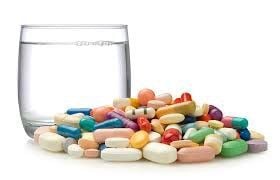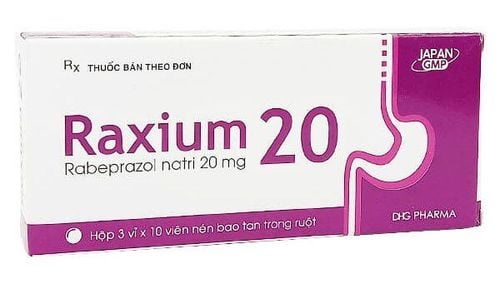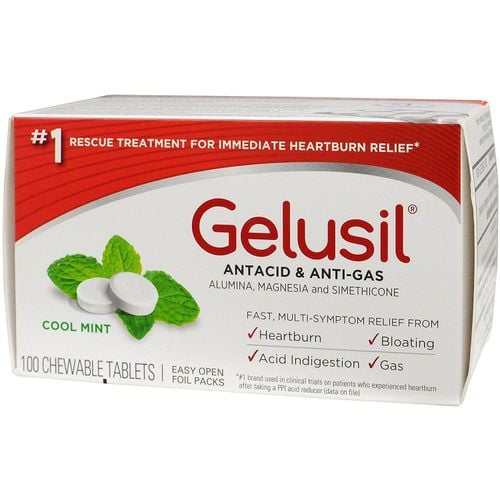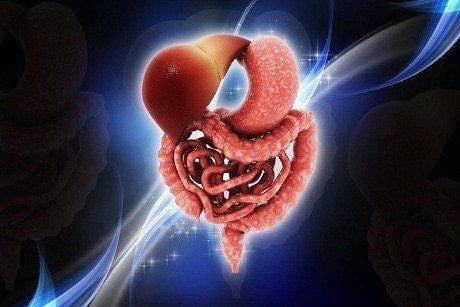This is an automatically translated article.
The article is written by MSc.BS Mai Vien Phuong - Gastroenterologist - Department of Medical Examination & Internal Medicine - Vinmec Central Park International General Hospital.
Digestive disorder is an abnormal manifestation in the digestive system, which can occur at any age. The disease is not life-threatening at all. However, when suffering from digestive disorders, patients have to face inconveniences in daily life such as flatulence, indigestion, abdominal pain or constipation...
1. Structure of the digestive system
The structure of the digestive system includes the alimentary canal and the digestive gland.The alimentary canal is the tube through which food passes, starting from the mouth, throat, esophagus, stomach, small intestine, colon, and anus which is the final part of the digestive tract. The digestive gland has two large and small glands: The large digestive gland includes salivary glands, liver and pancreas; Small digestive glands located within the walls of large alimentary canals such as the stomach, intestines, and small intestines. The digestive system can be said to be one of the most important parts of the body. It has the function of receiving and digesting food to extract energy and nutrients to nourish the body, and at the same time push waste out.
2. What is functional digestive disorder?
Dyspepsia is a term for a set of gastrointestinal symptoms that patients often describe as “indigestion,” bloating, gas, abdominal discomfort or dull pain, a burning sensation in the epigastrium."
Symptoms may be temporary for a few days and then go away, but if symptoms are frequent and long-lasting, they will become a chronic condition and no damage can be found. There is no physical injury to explain, it is called functional digestive disorder.
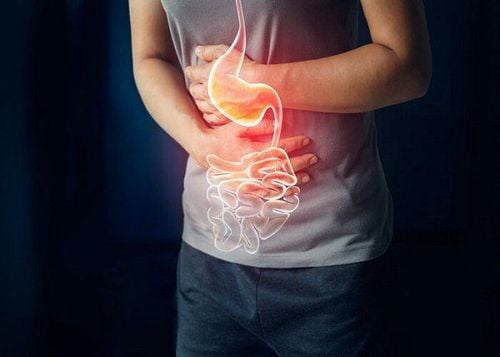
3. Symptoms of functional digestive disorders
Patients may have typical symptoms such as:
Epigastric pain: The epigastrium is the area between the navel and the sternum. Patients have an objective pain sensation, some feel as if there is some internal damage. Sometimes it feels hot. Stomach fullness after meals: Feeling uncomfortable as if food is not digested, remaining in the stomach, eating quickly: Feeling full soon after starting to eat, eating less than every meal. Upper abdominal distension: Discomfort such as a tight epigastrium, additional discomfort in the upper abdomen upon ingestion, should be distinguished from a visible distended abdomen. Epigastric Heat: A burning sensation in the upper abdomen, discomfort. Nausea: Feeling very uncomfortable, nauseated but not vomiting Vomiting: Vomiting food, contracting chest muscles gas: gas from stomach or esophagus
4. Dysfunction diagnosis
4.1 Physical examination The abdomen can be distended, looking for physical lesions. 4.2 Testing for parasites in stool, occult blood in stool, blood biochemistry.
4.3 Gastro-duodenal endoscopy Gastro-duodenal endoscopy for all ages from the beginning, especially for people aged 45-55, who have alarming symptoms. Helicobacter pylori bacteria should be tested. If there is a physical disease, it should be treated immediately such as: peptic ulcer, chronic gastritis HP(+), esophagitis, chronic gastric cancer HP positive, esophagitis, gastric cancer thick ... when necessary can do endoscopic intervention.
4.4 Ultrasound Ultrasound when there is suspicion of the biliary tract by biochemical tests. Abdominal ultrasound or abdominal CT-scan: to rule out biliary tract and pancreatic disease.

5. Treatment of digestive disorders
Food and water are the most likely cause of digestive disorders. Therefore, it is very important to balance nutrition and choose foods that are good for the digestive system. You should eat cooked food and drink boiling water, do not eat foods that are too spicy, too sour, too high in protein or fat. Patients with chronic diarrhea should not eat a lot of foods rich in fiber. Patients should be supplemented with digestive enzymes and drinks that support digestion. Use of drugs: Use antibiotics at the right dose to treat inflammatory diseases of the digestive tract. However, the use of the drug must be approved by the doctor. Treatment at the hospital: cases of severe digestive disorders such as high fever, blood loss due to bloody stools, dehydrated diarrhea, etc. should be taken to the hospital as soon as possible. Vinmec International General Hospital is a prestigious address trusted by many patients in performing diagnostic techniques for digestive diseases, treating H.Pylori with high success rate... Along with that, at At Vinmec Hospital, gastric cancer screening is done through gastroscopy with Olympus CV 190 endoscope, with NBI (Narrow Banding Imaging) function for imaging results. The analysis of mucosal pathology is clearer than that of conventional endoscopy, detecting digestive diseases, atrophic gastritis lesions, intestinal metaplasia, low-grade, high-grade gastric dysplasia, and gastric dysplasia. early stage gastric cancer.
Vinmec International General Hospital with modern facilities and equipment and a team of experienced experts who are always dedicated in medical examination and treatment, customers can be assured of endoscopy service. thick, esophagus at Vinmec.
Please dial HOTLINE for more information or register for an appointment HERE. Download MyVinmec app to make appointments faster and to manage your bookings easily.
SEE MORE
Common gastrointestinal diseases in children Causes of digestive disorders after taking antibiotics Common digestive disorders symptoms in children and how to handle






